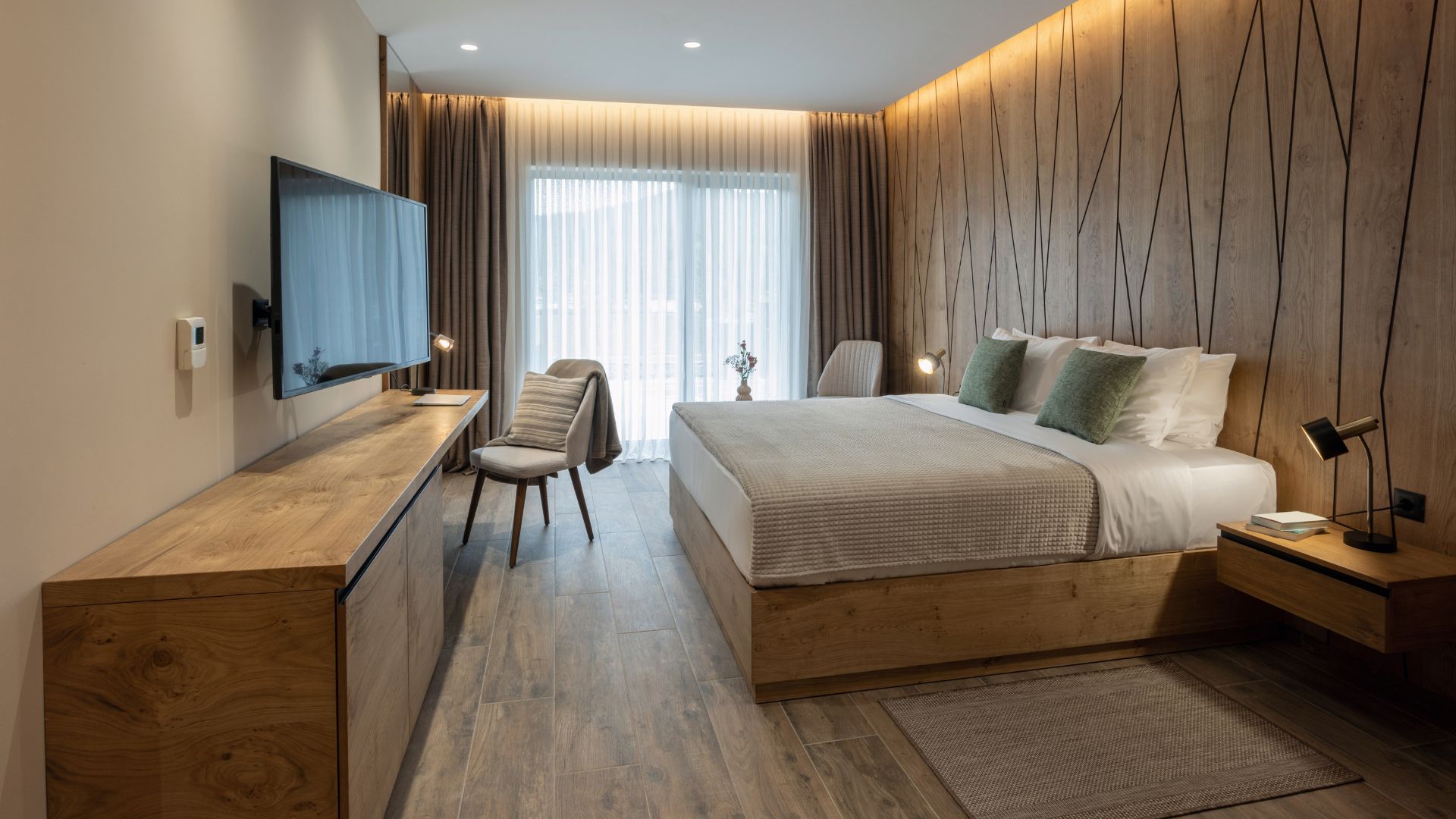Selecting the Right Finishes for a Boutique Hotel: A Step-by-Step Guide

Designing a boutique hotel is an exciting challenge that requires careful consideration of every detail, especially when it comes to finishes. The right finishes can enhance the overall aesthetic, create a memorable experience for guests, and ensure durability. Here’s a step-by-step guide to selecting the perfect finishes for your boutique hotel.
Step 1: Define Your Brand Identity
Before diving into finishes, it’s essential to establish your hotel’s brand identity. Consider the following:
Target Audience:
Who are your ideal guests? Are they luxury travelers, eco-conscious visitors, or adventurous millennials?
Theme and Style:
Determine the overall theme of your hotel, whether it’s modern, rustic, coastal, or industrial. This will guide your finish selections.
Step 2: Conduct a Thorough Site Analysis
Assess the existing architecture and surroundings of the hotel:
Architectural Style:
Understand the building’s existing architecture to select finishes that complement its style.
Local Context:
Consider the surrounding environment and local culture. Finishes that reflect the area can create a sense of place.
Step 3: Choose a Color Palette
Establishing a cohesive color palette is crucial for creating a harmonious atmosphere:
Mood Setting:
Select colors that evoke the desired mood for each space. Warm colors can create a cozy ambiance, while cool tones may offer a more serene environment.
Consistency:
Ensure your color choices work well together and across different areas of the hotel.
Step 4: Select Durable Materials
Boutique hotels require finishes that can withstand wear and tear:
High-Quality Materials:
Invest in durable materials that resist scratches, stains, and fading. Consider options like high-performance fabrics, resilient flooring, and sturdy countertops.
Maintenance:
Choose finishes that are easy to clean and maintain, ensuring long-term aesthetic appeal.
Step 5: Balance Aesthetics and Functionality
While aesthetics are vital, functionality must not be overlooked:
Guest Experience:
Think about how finishes impact the guest experience. For example, choose comfortable upholstery and practical flooring solutions that enhance the stay.
Safety and Accessibility:
Ensure finishes meet safety standards and are accessible for all guests, including those with disabilities.

Step 6: Consider Sustainable Options
Sustainability is increasingly important in hospitality design:
Eco-Friendly Materials:
Opt for finishes made from sustainable or recycled materials, such as bamboo flooring or low-VOC paints.
Energy Efficiency:
Consider finishes that contribute to energy efficiency, like insulated windows or energy-efficient lighting fixtures.
Step 7: Layer Textures and Patterns
Creating visual interest through textures and patterns can elevate your hotel’s design:
Variety:
Mix different textures and patterns in finishes to add depth and character. For example, combine smooth surfaces with textured fabrics or patterned tiles.
Focal Points:
Use unique finishes to create focal points in public areas, such as a statement wall or a beautifully designed reception desk.
Step 8: Collaborate with Designers and Architects
Collaboration is key to achieving a cohesive design:
Work as a Team:
Engage with interior designers and architects to ensure your finish selections align with the overall vision and architectural integrity of the hotel.
Expert Insights:
Leverage their expertise in selecting finishes that are both aesthetically pleasing and practical.
Step 9: Create Mood Boards and Samples
Visualizing your selections is crucial:
Mood Boards:
Create mood boards to compile your finish selections, color palettes, and design inspirations. This helps to visualize how everything will come together.
Samples:
Order samples of your chosen finishes to see how they look in the actual space, considering lighting and surrounding elements.
Step 10: Test for Longevity and Performance
Before finalizing your choices, consider their long-term viability:
Durability Testing:
Ensure selected finishes have been tested for durability and performance, especially in high-traffic areas.
Aesthetic Longevity:
Choose finishes that will maintain their beauty over time, resisting fading or wear.
Step 11: Plan for Implementation
Once finishes are selected, develop a plan for implementation:
Scheduling:
Coordinate with contractors and suppliers to ensure timely delivery and installation of your finishes.
Quality Control:
Establish quality control measures to ensure that finishes are installed correctly and meet the design intent.
Conclusion
Selecting the right finishes for a boutique hotel is a multifaceted process that requires careful planning and consideration. By defining your brand identity, conducting thorough analyses, and collaborating with experts, you can create a cohesive and inviting atmosphere that enhances the guest experience. The right finishes will not only elevate your hotel’s design but also ensure its lasting appeal for years to come. Happy designing!
